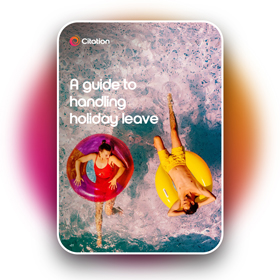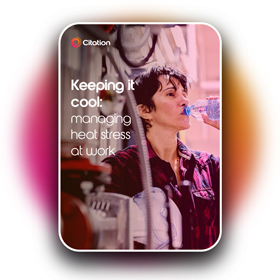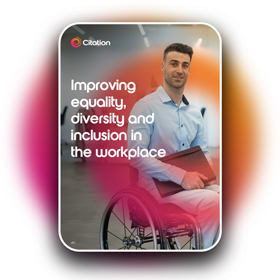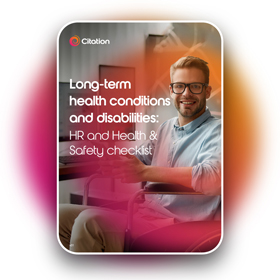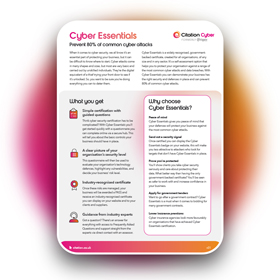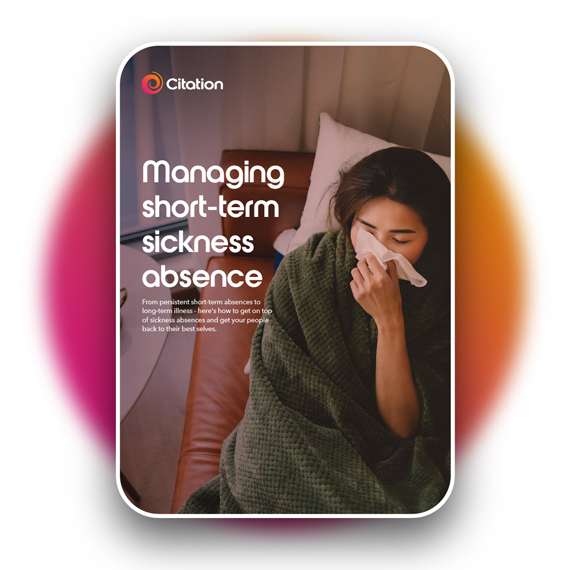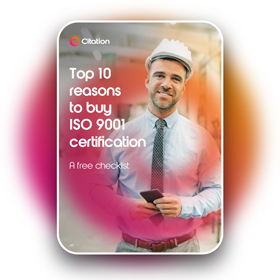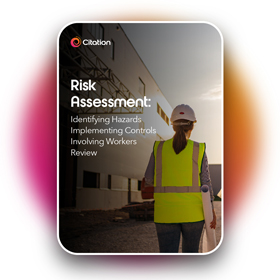Archives for Ryan Downes
Understanding the impact of stress in the workplace
Stress is one of the single biggest causes of work-related absences and ill health. With 914,000 workers suffering from work-related stress, anxiety, or depression in 2020/21 – and 324,000 of those new cases – stress is front and center in the conversation about workplace safety and wellbeing.
In fact, the Health and Safety Executive (HSE) has identified it as a key pillar of their 2022-2032 strategy, marking an interesting and important shift in the way we look at what it means to be safe and healthy at work.
Increasingly, that conversation is shifting towards health, including being mentally healthy at work – and that’s why it’s so important to make tackling stress in your business a real priority.
But what are the impacts of stress on employee performance, and what causes it in the workplace?
Stressors – hazards which can cause stress – can be broadly grouped into two categories: physical stressors and psychosocial stressors.
Physical stressors at work include poor lighting, high noise levels, and ergonomic factors. Psychosocial stressors are things like unrealistic or unclear job demands, inflexible working hours, and conflict at work.
Physical stressors at work include poor lighting, high noise levels, and ergonomic factors. Psychosocial stressors are things like unrealistic or unclear job demands, inflexible working hours, and conflict at work.
The impact of physical stressors on performance
Physical stressors at work impact not only your employees, but also your business. Stress isn’t the only ill-health effect physical stressors can cause – they can also lead to injury or illness, which keep people out of work for even longer. And that’s not healthy for business.
Stress is also a strong driver of absenteeism (when employees avoid coming into work). Also not healthy for business.
So, you’re facing a loss of working days, employee absenteeism, and a disengaged, unmotivated team. That means productivity goes plunging, ultimately affecting your revenue and profits. And, more importantly, it can mean losing the people who power your business, either from long-term sickness absence or resignations.
But don’t worry. There are always ways to turn it around.
How to effectively reduce physical stressors
Spotted some physical stressors in your workplace, or suspicious that employees are struggling? Here’s what you can do.
To make a real, impactful difference, you’ve got first to understand the issue. Encourage your staff to come and talk to you (or another dedicated person) with an open-door policy or regular meetings. This way, your team can have input on what will actually improve their day-to-day working life. Once you’ve identified your culprits, it’s time to tackle them.
Here’s some common solutions to physical stressors:
- Improving lighting
- Improving the temperature
- Redesigning office space
- Reducing noise levels
- Providing equipment to help with posture and ergonomics
- Eliminating physical hazards
The impact of psychosocial stressors on employee performance
Psychosocial stressorsusually appear in environments where workers don’t have enough – or any – control over their work, and they can be one of the biggest drivers of poorer productivity or performance.
If you or your managers are piling work demands on people and not taking stock of how that’s impacting them, you’ve got a recipe for disaster. If people feel their work demands are too much, or that they’re not involved in decisions that impact them, it often leads to stress. And when that happens, you’ll also probably see a loss of productivity.
It can also lead to high staff turnover. When employees become overworked, overwhelmed, stressed, disappointed, or otherwise dissatisfied, they’re more likely to seek a new job where they feel valued, cared for, and comfortable. And no one wants to build that kind of reputation as a business – it’s not great for recruitment or retention.
How to effectively reduce psychosocial stressors
Reducing psychosocial stressors in the workplace can be straightforward if you listen to your employees. Stress is subjective, and it impacts individuals in different ways.
Just because one person is happy with an aspect of the workplace, workload or culture, doesn’t mean it’s not negatively affecting someone else.
So reducing psychosocial stress is about offering support for those who feel they need something changing so they can get on with what they do best.
Here’s some powerful ways you can reduce psychosocial stress:
- Develop a work/rest schedule.
- Encourage short breaks during work.
- Allow for a gradual build-up to full speed for new starters and those returning from an absence.
- Have regular meetings/appraisals to get suggestions on better ways to work.
The effects of stress in the workplace
Stress and the impact on employee absence
Any kind of workplace stress can lead to employee absence. Whether that’s absenteeism because they feel too stressed to come to work or because stress at work has made them ill, these factors all impact productivity levels in your business
“The greatest weapon against stress is our ability to choose one thought over another. The greatest source of stress in the workplace is not the work itself, but our thoughts and attitudes towards it. By consciously choosing to focus on the positive aspects of the job, we can diminish feelings of stress and increase our productivity.” -William James
So what can you do to support your people? Well, communication is key. Keeping in contact with your employees and checking up can help you understand the reason for the absence/s, but remember to get the right balance. It’s just as important to not pester staff who are off sick. And the same applies when they’re back at work, so you can check if there are any reasonable adjustments you can make to support them.
The impact of stress on workplace morale
Workplace morale is the foundation of a positive working environment. Combatting workplace stress makes those foundations stronger, so you can build a motivated and engaged team.
How stress affects your bottom line
The cost of stress in the workplace can be detrimental to your business. Stress can impact your bottom line in lots of ways, like:
- Decreased productivity.
- High turnover of staff.
- High turnover of staff.
- Less qualified workforce due to poor recruitment and retention.
- Risk of enforcement notices from the HSE if caught without stress risk assessments.
Tackling stress is better for business. It’s as simple as that.
